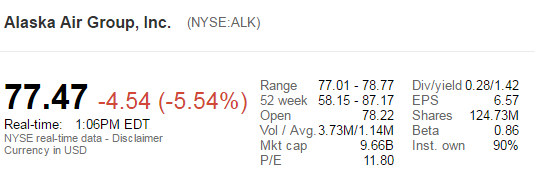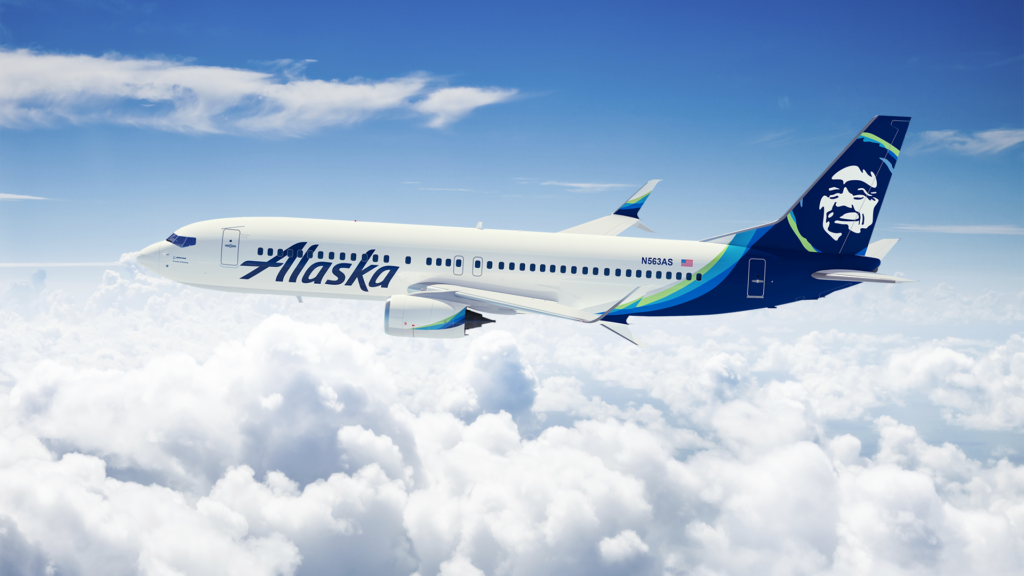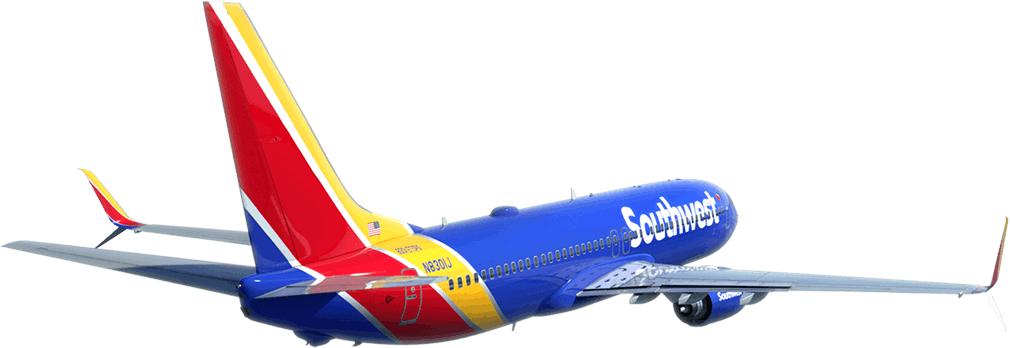Delta has been growing their Seattle hub operation over the last couple of years, trying to cultivate a west coast hub that can serve Asia as well as some domestic U.S. destinations and parts of Europe. They released a new commercial recently, that you can watch below, that is directly targeting their Seattle market.
The general consensus is that the commercial doesn’t really get Seattle or the Pacific Northwest. I can see that. The ad doesn’t say much except to give a nod to Seattle’s proximity to both Tokyo and London and how the city has momentum (whatever that means).
More concerning than the commercial is a recent article in the Minneapolis Star Tribune where Delta’s new CEO had some interesting thoughts on the airline’s future plans in China.
In September 2014, then-CEO Richard Anderson told a group in Minnesota that Delta hoped to explore a new nonstop route from MSP to China “in the next three to five years.”
Bastian, who has served as president since 2007, succeeded Anderson, who formally retired Monday. Bastian said he also believes an MSP-to-China route “would be an ideal opportunity” once Delta receives its new Airbus 350 planes — which will replace the retiring Boeing 747 aircraft — next year, and if U.S. carriers are granted more traffic rights in China. Foreign governments negotiate how many flights from each country it will allow to operate within its borders.
So why is Delta focused on building their Minneapolis hub’s reach in China when they have a rather large presence in Seattle, where they can use aircraft that don’t require ultra-long ranges? I am not sure. It seems like the complete opposite of what they were originally trying to do when they opened the hub in Seattle. United has started flying to non-top tier airports in China out of San Francisco, capturing a part of the market that Delta will quickly lose unless they make a move soon. By spreading their transpacific flights over multiple hubs I am a little worried that they are diluting themselves and not really building up the Seattle base. There has already been a slight withdrawal with the reduction of Seattle-Hong Kong and threats to stop flying to Tokyo from a number of U.S. airports if they are not granted certain slots at Tokyo-Haneda. One has to wonder how much more Delta’s presence at Seattle will retract all while they release commercials touting its awesomeness as a hub.






